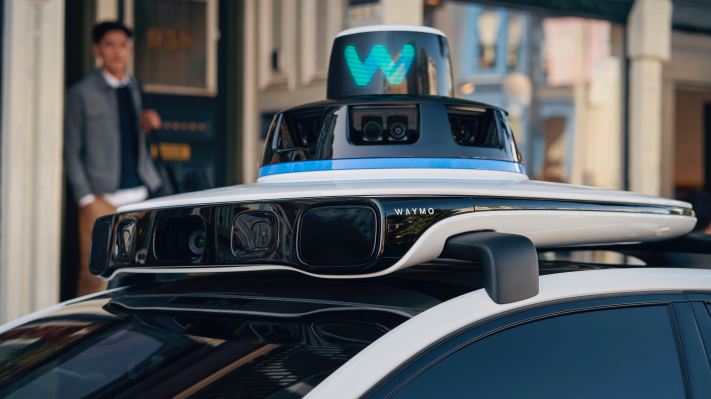
Waymo, the self-driving company under Alphabet, began testing its robotaxis in Atlanta on Tuesday, adding another city to its ever-expanding testing and deployment domain.
Over the next few months, Waymo will deploy a handful of cars driven manually by humans to gather mapping data and get familiar with Atlanta’s environment, Sandy Karp, a Waymo spokesperson, told TechCrunch. Later, Waymo aims to test its robotaxis in Atlanta without the safety driver in the front seat.
Like many other states, Georgia’s regulation of AVs is almost nonexistent, meaning Waymo can technically drop fully autonomous vehicles on the streets today without a safety driver, provided it meets the state’s minimal risk conditions.
Waymo declined to comment on whether it plans to launch commercially in Atlanta, or any of the other cities in which it has started collecting mapping data. Earlier this month, Waymo began mapping Washington, D.C., and in November 2023, the company began winter testing robotaxis in Buffalo.
“We’re laser focused on scaling our fully autonomous Waymo One ride-hailing service in the cities where we operate, as we continue safely and responsibly advancing our autonomous technology through road trips to various cities around the U.S.,” said Karp.
Atlanta is just the latest in a string of territorial gains for Waymo over the last few months. Just last week, Waymo officially launched paid robotaxi rides in Los Angeles. In March, California regulators approved Waymo to grow its commercial robotaxi service across the San Francisco peninsula and on San Francisco freeways, which unlocks a route to San Francisco International Airport. Waymo has been offering rides to and from Phoenix’s airport since November 2022, and recently expanded to include curbside dropoff and pickup.
Waymo also started giving driverless rides to employees in Austin in March and plans to open up the service to members of the public later this year.
Waymo’s recent wins are reminiscent of its erstwhile competitor Cruise’s increased activity last year. By August 2023, Cruise had announced initial data collection in Atlanta, alongside Seattle, Washington D.C., Las Vegas and other cities. Cruise had also begun testing its robotaxis Austin, Houston, Dallas and Miami and operating a limited robotaxi service in Phoenix.
Cruise’s expansion plans came to a sudden halt after an October 2 incident in San Francisco that led to suspended permits and a decision to ground its entire fleet. (The California Department of Motor Vehicles tells us Cruise is in the process of trying to get its permits in the state back.)
It’s important to note that Waymo and Cruise are not the same. Cruise has faced scrutiny for its robotaxis malfunctioning in public roads, blocking the flow of traffic, public transit and first responders. Waymo has been touted as a company that has moved slower and broken fewer things, but the company and its tech are not without their faults.
In February, Waymo recalled the software that powers its robotaxi fleet after two vehicles crashed into the same towed pickup truck in Phoenix in December. A Waymo robotaxi also hit and killed a dog in June 2023.
techcrunch.com




